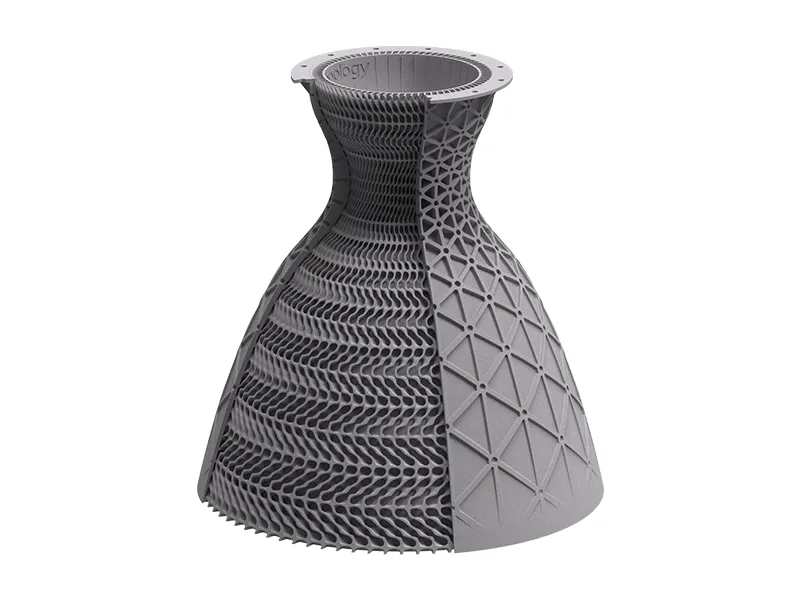Physical Address
304 North Cardinal St.
Dorchester Center, MA 02124
Physical Address
304 North Cardinal St.
Dorchester Center, MA 02124

Topology optimization is a powerful design approach that helps engineers create lighter, stronger, and more efficient parts by removing unnecessary material while maintaining structural integrity.
It’s widely used in aerospace, automotive, and 3D printing applications where performance and weight savings are critical. With growing interest in lightweight design and advanced manufacturing, a number of software tools now offer topology optimization features. Some are tailored for beginners, while others are packed with advanced capabilities for professional use.
In this article, we review the top topology optimization software options and highlight what sets each one apart in terms of features, usability, and results.
OptiStruct is one of the earliest and most established topology optimization tools on the market. Developed by Altair, it has been used for decades in aerospace and automotive design. Known for its robust solver and integrated workflow, OptiStruct helps engineers create lightweight, high-performance structures with precision and reliability.
Fusion 360’s generative design isn’t technically topology optimization, but for the sake of this article, we’re treating them as part of the same family. It uses cloud-based algorithms to explore multiple design outcomes based on input constraints. Ideal for designers and startups, it balances performance, aesthetics, and manufacturability in one package.
Siemens NX offers integrated topology optimization tools within its advanced CAD and CAE environment. It’s aimed at high-end industrial users who need tight control over both geometry and simulation. While not as flashy as generative design tools, NX delivers solid performance and is well-suited for enterprise workflows and mission-critical engineering tasks.
ANSYS Mechanical includes a powerful topology optimization module built into its trusted simulation platform. It’s designed for engineers who already rely on ANSYS for structural analysis and want to streamline lightweighting within the same environment. With robust solver capabilities and strong multiphysics integration, it’s ideal for high-fidelity, simulation-driven design workflows.
nTop (now nTopology) is a next-generation engineering design platform built specifically for advanced topology optimization and lattice generation. Blending powerful algorithmic tools with a node-based workflow, it gives engineers granular control over geometry and optimization parameters. It’s ideal for those pushing the boundaries of lightweight, high-performance, and manufacturing-ready designs.

Altair Inspire stands out with its intuitive interface and real-time topology optimization capabilities, making it ideal for early-stage concept design. One of its key features is the PolyNURBS tool, which lets users quickly convert optimized mesh results into smooth, editable CAD geometry. This bridges the gap between simulation and manufacturing, speeding up the design process.
TopOpt (openTopology) represents the academic side of topology optimization, offering a research-grade platform for experimenting with advanced algorithms and customization. Open-source and extensible, it’s favored by universities and researchers for exploring new techniques, benchmarking studies, and pushing the theoretical boundaries of structural optimization in a highly transparent, code-driven environment.
Grasshopper for Rhino serves as a powerful generative design and topology optimization environment within a visual scripting framework. Often used alongside the open-source plugin like Millipede, it enables designers to explore structural layouts and lightweight forms parametrically. Ideal for architects and engineers seeking creative control over optimized geometries.